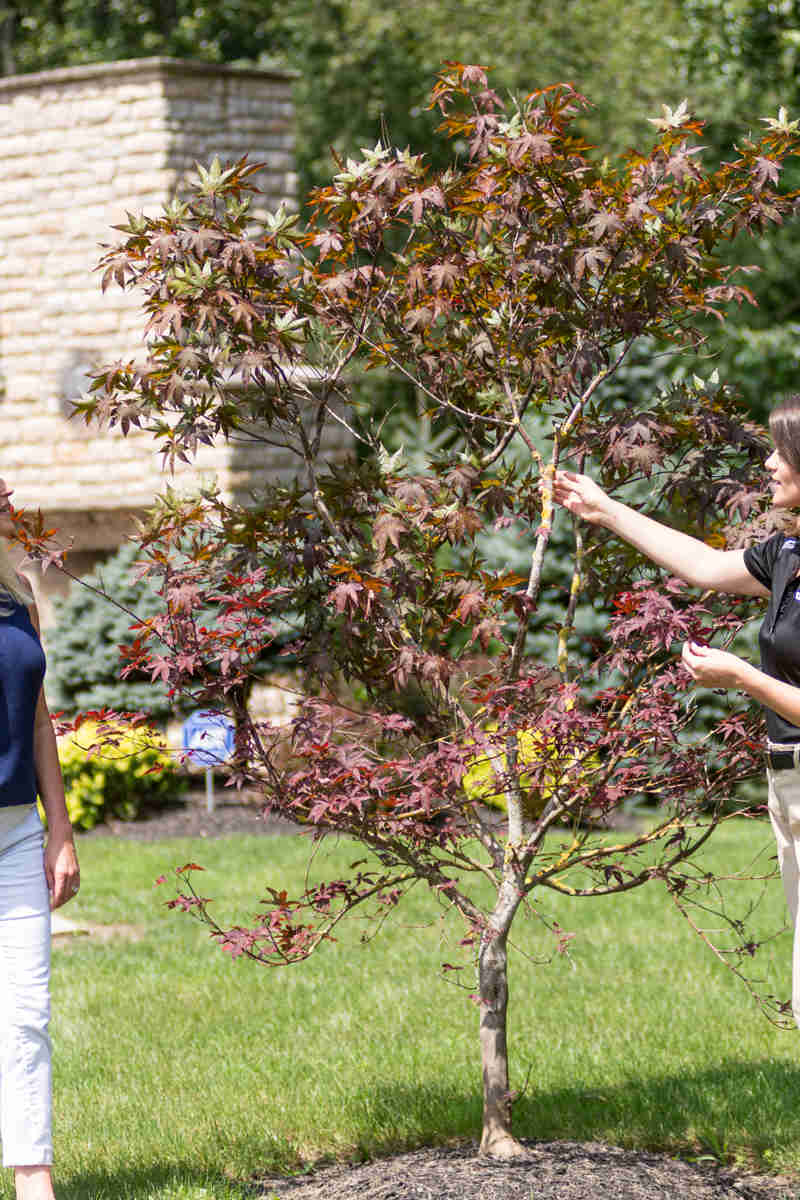Ips Pine Bark Beetles Description:
There are several species of Ips bark beetles (also called engraver beetles) that primarily attack both pine and spruce trees. As with all bark beetles, Ips species feed under the bark on vascular tissue. Adults are about the size of a dull pencil point and vary in color from brown to black.
Hosts:
All stressed pine and spruce trees are vulnerable attack. Healthy trees are rarely attacked, although where Ips populations are extremely high, healthy trees may be overwhelmed by large numbers of beetles.
Biology & Symptoms:
Male beetles tunnel into the bark phloem and release biochemical substances called aggregation pheromones to attract females. Mating occurs in the galleries where eggs are then deposited. Eggs are deposited, and both larvae and adults destroy vascular tissue. Normally, the beetles are not a problem in healthy trees that have a strong sap or resin flow that interferes with their tunneling attempts. However, beetles can establish an infestation in trees weakened by drought, construction damage, lightning, soil disturbances, air pollution and other factors that stress trees.
Evergreens may not show symptoms of attack, such as dull or faded foliage, drooping needles, or needle drop, until it is too late to save them. Sawdust or resin coming from various points on the trunk can be indications of beetle activity.
Both adults and larvae tunnel into (or engrave) the vascular tissue (phloem) that carries nutrients just under the bark. These beetles can kill a tree by girdling it in a few months by feeding on its phloem tissue and introducing blue stain fungi to its sapwood.
Management:
Prevention is key. Once trees are infested there is little that can be done, so it is important to maintain tree health. Water, fertilize and mulch to keep trees at maximum vigor. If possible, remove weakened or infested trees early, and remove debris to minimize bark beetles and other borer populations. If the beetles still threaten, insecticides can be sprayed onto the bark or injected into the stems. Pine engravers have three or more generations per year and stay active all season, so season-long protection is needed until the trees weather the stressful conditions and regain their vigor.





